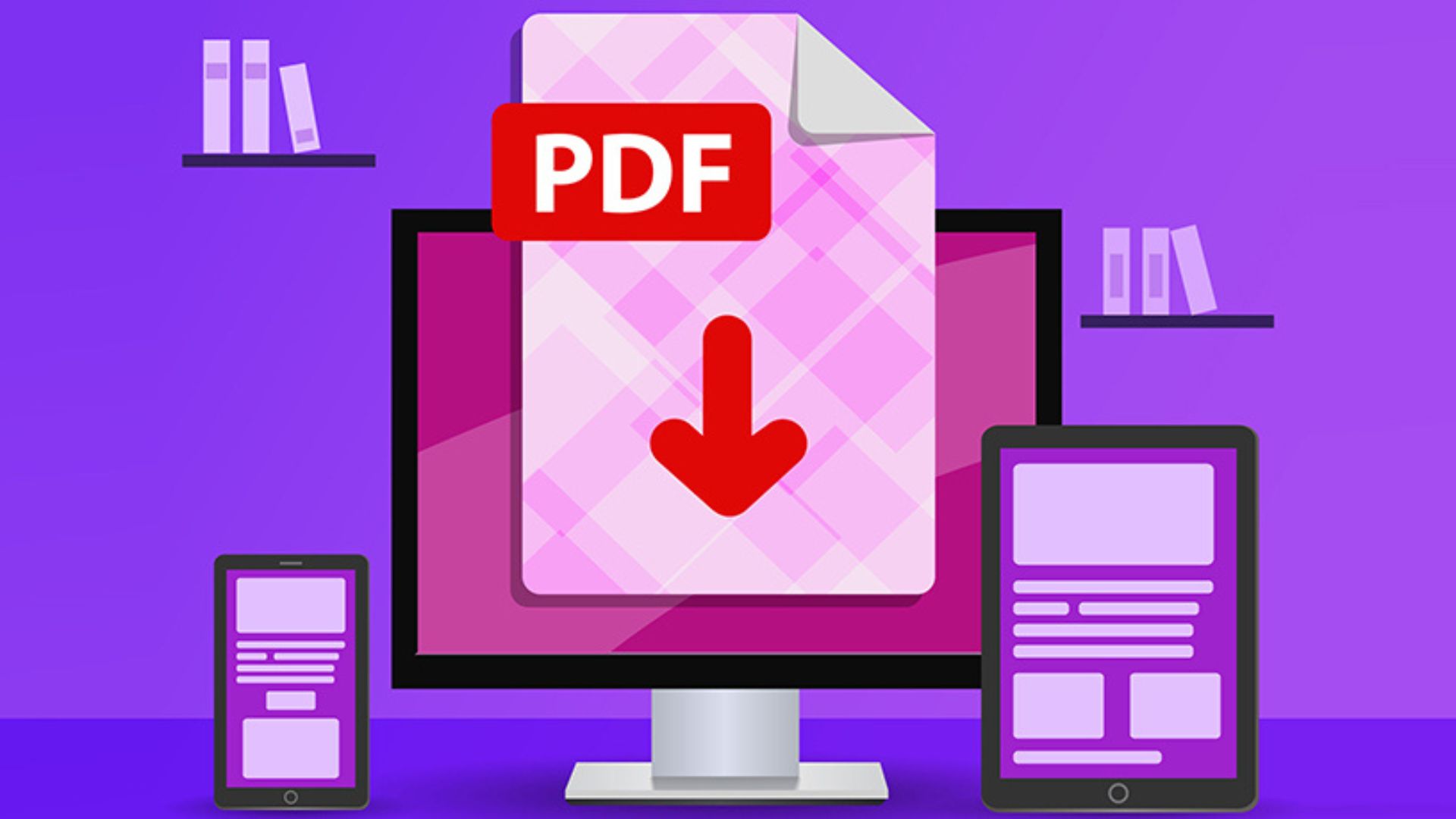
Are You Downloading a PDF or Malware? 5 Tips to be Secure
PDF files have become indispensable in our modern digital world. They serve as a means to exchange and archive diverse forms of data, ranging from Aadhaar cards to digital receipts. Nevertheless, it is imperative to exercise caution when obtaining PDFs due to the inherent risks associated with cyber threats. While the online realm is not entirely impervious to security breaches, including PDFs, it is vital to adopt preventive measures to safeguard oneself and steer clear of any unwelcome surprises or vulnerabilities in cyberspace.

5 Effective Tips to Download PDF Safely:
1. Do a Quick Virus Scan
PDF files have the potential to harbour viruses or malware capable of inflicting harm upon your computer or mobile device. Therefore, it is crucial to prioritize the scanning of any downloaded PDF before opening it, utilizing reliable antivirus software. By conducting such a scan, you can proactively identify and mitigate any potential threats, thereby ensuring the safety and security of your system.
2. Trust Verified Sources
Obtaining PDF files from trustworthy sources is of paramount importance when it comes to ensuring a secure download. With countless websites offering PDFs on the internet, it is essential to exercise caution and be discerning in your choice. Opt for reputable websites, official sources, or widely recognized platforms to significantly reduce the likelihood of acquiring malicious files. Remain vigilant when encountering unfamiliar or suspicious websites, as they might potentially host harmful content. By adhering to these practices, you can safeguard yourself from potential risks while downloading PDFs.
3. Don’t Any Link Hastily
Exercise caution when encountering links within a PDF document. Refrain from clicking on them unless you are confident in their safety. To ensure your security, only interact with links within a PDF if you have complete trust in their authenticity.
4. Make Sure to Avoid Scam Links and Pop-ups
Exercise vigilance when downloading PDFs from websites that exhibit suspicious links or frequent pop-up advertisements. These signs may indicate the presence of malicious content. Cybercriminals employ deceptive strategies to entice users into downloading infected PDF files or clicking on harmful links. Minimize the risk by refraining from clicking on unfamiliar links and promptly closing pop-up ads. By adopting these precautions, you can mitigate the chances of acquiring compromised PDFs.
Also read:
Hidden And Lesser Known Tips for Android and iOS WhatsApp Users
5. Learn to Avoid Phishing Attacks
Exercise caution when encountering PDF files that request personal information or redirect you to external websites for specific actions. These instances could be phishing attempts, designed to deceive individuals into disclosing sensitive data. Maintain vigilance and verify the authenticity of such requests. Before providing any confidential information, double-check the website’s URL for accuracy. Phishing attacks can lead to identity theft or financial harm, underscoring the importance of remaining alert and cautious.



